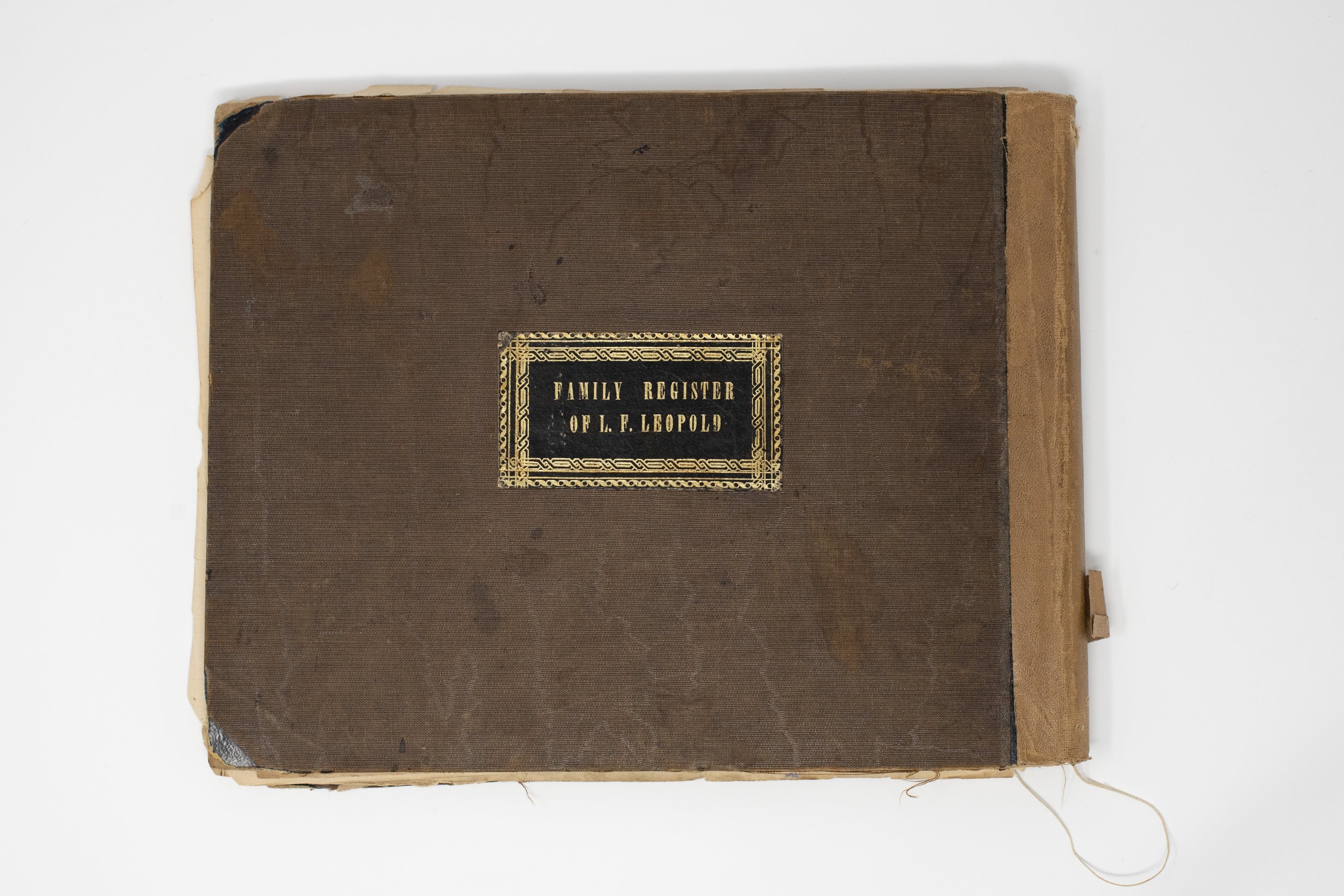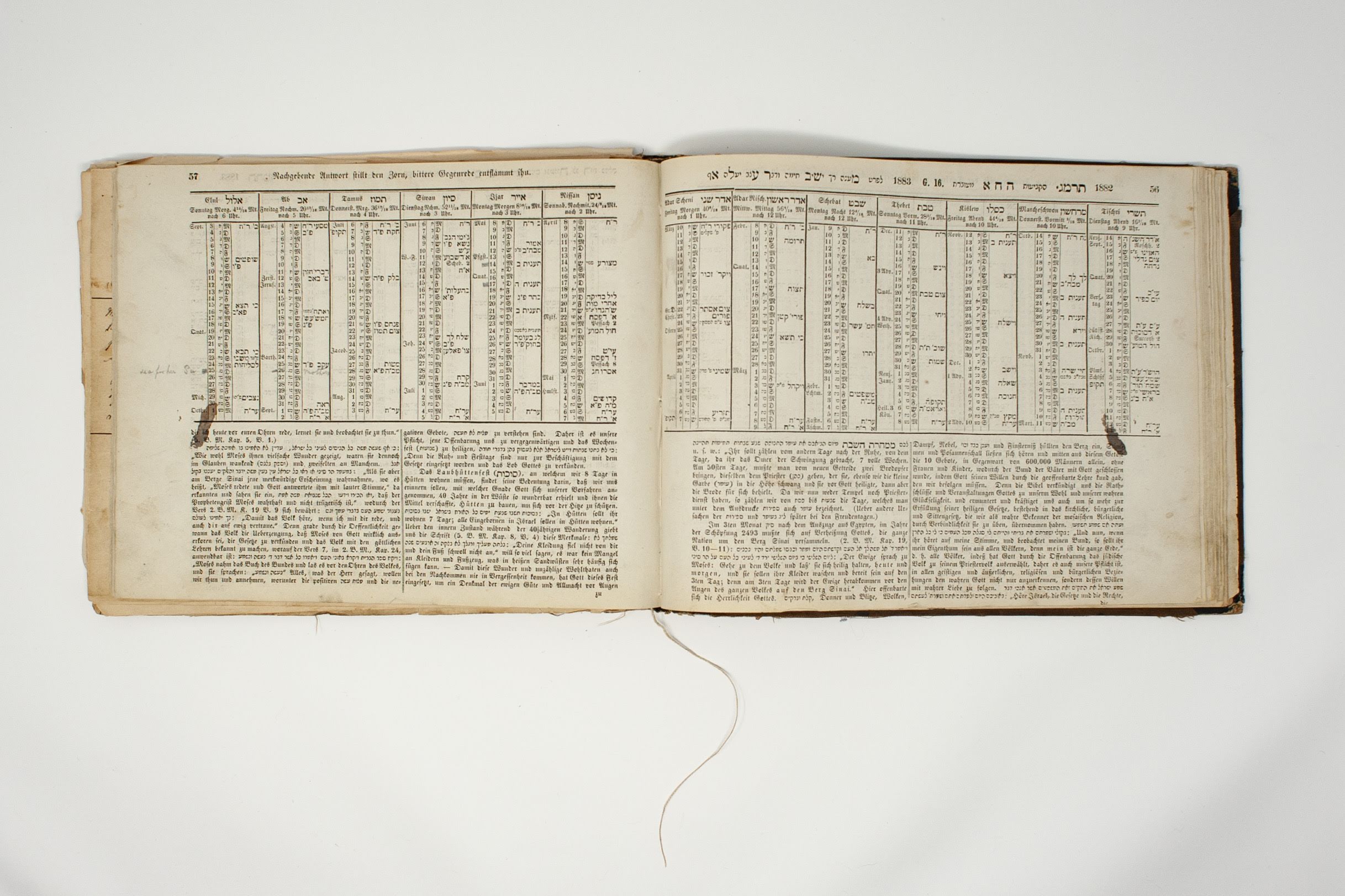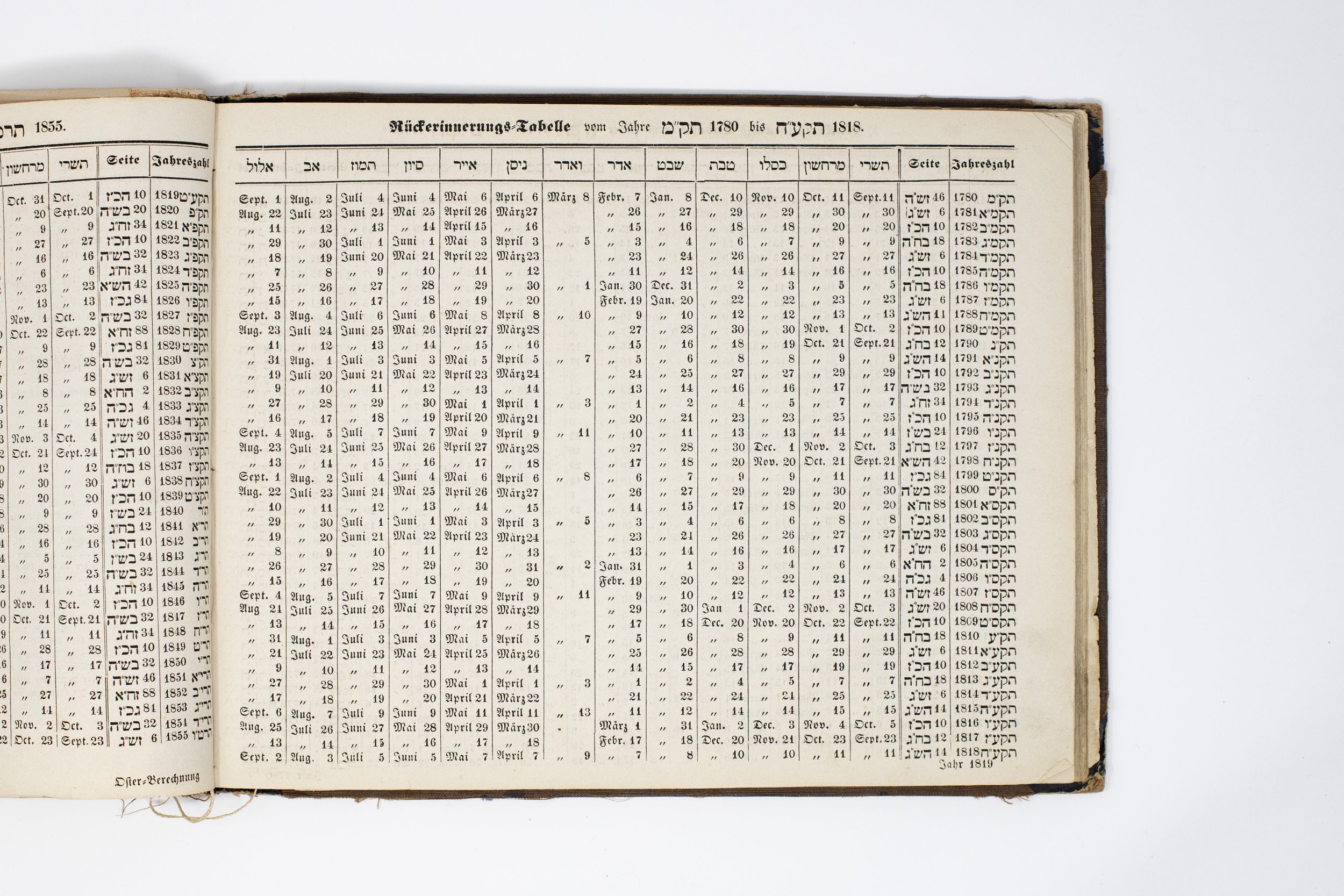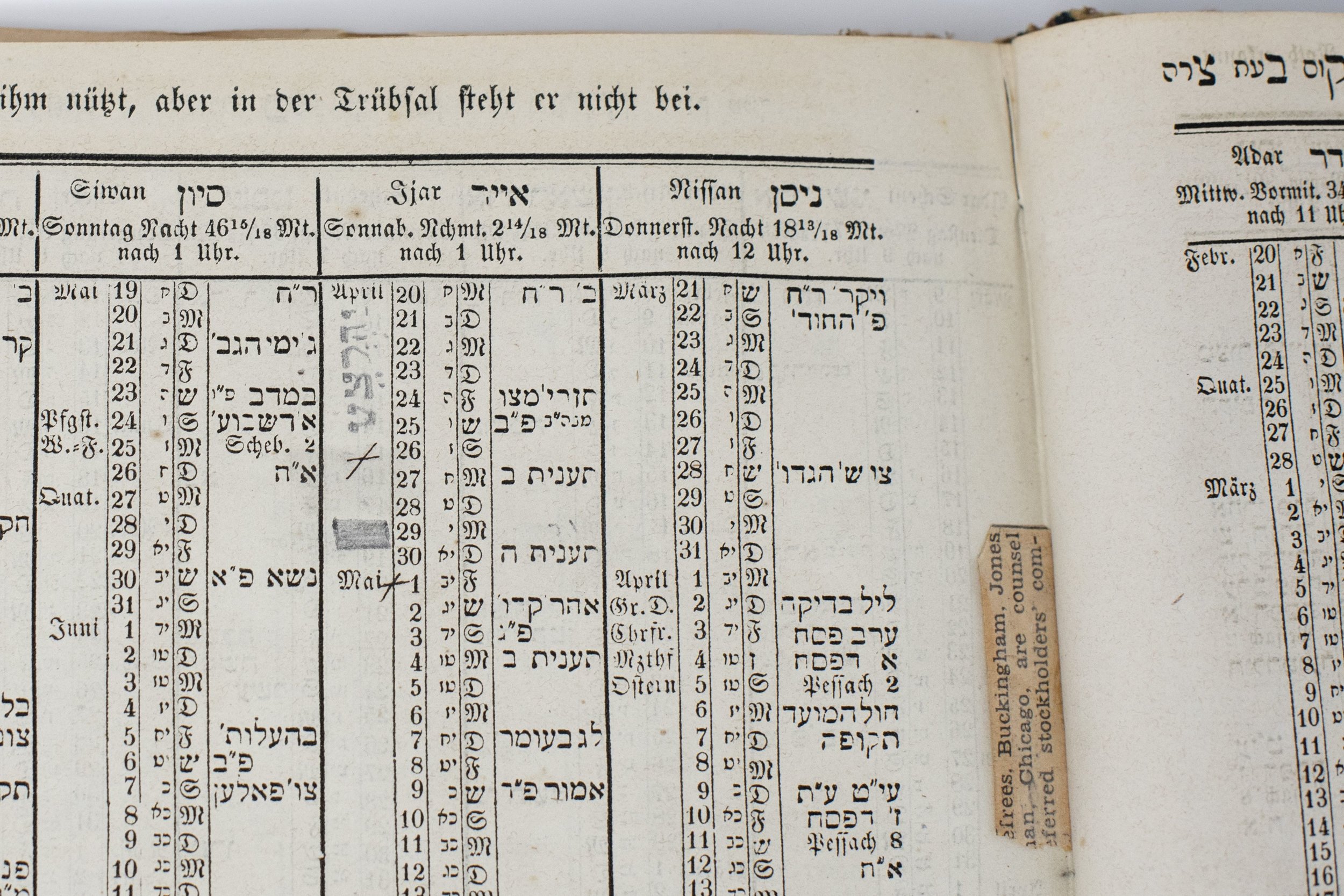Collections are easily created in the journalism field. From research to notebooks to published articles, piles are quickly amassed especially after decades of reporting.
Such was the case for Edmund Pinto who had reported for East Coast newspapers before eventually moving to the Associated Press, and then to press secretary for two United States Senators.
His daughter, Joline Pinto Atkins, gave me his collection to digitize. It consisted of three scrapbooks and a plastic bin full of loose documents, clippings, photographs, and negatives.
In the plastic bin, amongst articles about the Attica prison riot in New York, a string of bank robberies, New York politics, and numerous other features, was a signed photograph that immediately caught my eye.
The photograph depicted African American men exiting a building with rifles in their hands. A uniformed police officer and two white men stand by looking unconcerned. The two African American men in the forefront look defiant and purpose driven. One, with his chin up high, wears two belts of shotgun shells – one around his waist and the other over his shoulders – a stark contrast against his white jacket.
Scrawled on the bottom of the photo in black marker are the words, “Hang in there Eddie – Steve Starr ‘70”.
Steve Starr was a young photographer working for the Associated Press when he took the photo of these armed men exiting a building. He was the editor of his high school newspaper in San Diego, CA and also doubled as a photographer since their paper didn’t have one. He continued with photography because he believed he could make a difference and move people to respond to his photographs with compassion.
After five years at San Jose State University, he graduated with a BA in journalism. During his last two years of study, he had worked at the Mercury News. Upon his graduation, the Associated Press hired him. He worked as a photo editor in New York City before transferring to Albany, NY.
As a staff photographer for the Associated Press, Starr covered upstate New York. So when armed African American students took over a building at Cornell University, Starr was dispatched to the scene.
In 1969, newly admitted African American students encountered racial slurs and actions including the burning of a cross. In response to these racist incidents, African American students held several demonstrations on campus.
The protests escalated when African American students took over the student union on Friday, April 18, 1969. The protesters evicted both students and their parents, since Parent’s Day Weekend was also occurring.
After the African American demonstrators took over the building, fraternity students started a fistfight. This is when it was discovered that the African American demonstrators had secretly brought in rifles and shotguns to defend themselves. After this discovery, intense negotiations were begun by university officials in an attempt to bring the demonstration to a peaceful end.
On Sunday, April 20, the African American students took an amnesty agreement and exited the building with their weapons. Starr was at the doorway to capture their exit.
Provided by Steve Starr
Starr had been assigned to photograph the demonstration by Ed Pinto – the journalist whose collection I had been digitizing. Pinto worked as a News Editor in Albany for the AP. Working at the AP during that time was stressful, Starr explained. The AP was in a competition with United Press International (UPI) and was always trying to be the first with news and photographs.
Being a 24-year-old photographer who was physically capable of keeping up with the action, Starr became the go-to person for documenting student demonstrations in the northeast United States. Starr had covered numerous student demonstrations and even had his right arm broken by a Buffalo police officer that was trying to hit Starr’s Nikon with his nightstick.
On the day that the students were to end their occupation of the student union, Pinto told Starr to stay put outside of the building for when the armed students came out. This is a moment that the AP didn’t want to miss. When they did, Starr was ready with his Nikon F, equipped with a 28 mm lens and a roll of Tri X film.
Provided by Steve Starr
The atmosphere was tense and there was fear that gunfire could break out at any moment. After the demonstrators exited, Starr followed them to their building. The reporter on the story filed a “bulletin”, which meant it was a major news story in the AP world.
Provided by Steve Starr
Starr set up at the local newspaper, the Ithaca Journal and used their darkroom to develop his film and make prints. He used his own developer chemicals and paper for better control of the process. He wrote the caption in perfect AP style on his portable typewriter with a fresh, black typewriter ribbon.
Starr also brought along his analog picture transmitter, which was larger than the device the paper had. In order for the picture transmitter to work, Starr had to wire it into an AT&T telephone junction box. He ended up sending a series of photographs back to the AP.
A little over a year later, on May 4, 1970, Starr’s picture was awarded the Pulitzer Prize. On the same day, the Ohio National Guard killed four Kent State students. The photographer on the scene, John Filo, would also be award a Pulitzer Prize for the now famous photograph he took there.
Starr’s photograph also won the George Polk and Headliners Award that spring. When it was time for the Pulitzer Prize to be decided, Starr was in the AP office watching the Teletype for news. He won.
An old newsroom joke about the Pulitzer being awarded to him was told, Starr remembers. “Well, now at least the first three words of your obituary are already written,” they told him.
Young Steve Starr. Provided by Steve Starr
As for the men in Starr’s photograph, he’s reached out to a few of them. Skip Meade became a world famous W.E.B. Dubois scholar at the University of Massachusetts at Amherst. Ed Whitfield is the co-founder and co-managing director of the Fund for Democratic Communities based in North Carolina. Tom Jones, who led the protest, is a senior partner of TWJ Capital LLC and was chairman and CEO of Citigroup Inc.’s Global Investment Management. He was also recently elected as a trustee of Cornell University.
Viewing Starr’s photographs of this armed demonstration today brings up a lot of familiarities. There are still many injustices that African Americans must face in today’s world. The issues of gun control and gun rights are also a large part of our modern discussion.
“Today I think a SWAT team would have engaged the students with deaths and injuries,” Starr wrote back in response to my question as to whether or not he thinks the situation would have been handled differently today.
“The Cornell administration talked down the local and state police at Cornell and met all of the student’s demands, including keeping their guns, a decision that cost the Cornell President James Perkins his job.”
After winning the Pulitzer Prize, Starr was transferred to the Miami AP office. He later resigned from the position in 1973 and began to run his own business. In 1985, he returned to news photography and joined the Saba Press Photos Agency and worked mostly for Newsweek. Topics he covered included violence in Salvador, Panama, and Haiti. In 1992, he started as the Los Angeles bureau manager for Saba and continued in this position for four years. He covered the Rodney King riots, the O.J. Simpson trial and the Academy Awards.
In 1996, Starr and his wife moved to Colorado Springs, CO so that he could pursue his faith. He recently has taken vows as a Franciscan Friar, married third order, and serves at Grace and St. Episcopal Church in a pastoral role.
You can also read a great summary of the events on Starr’s personal website (http://stevestarr.com/pulitzer-prize).
















